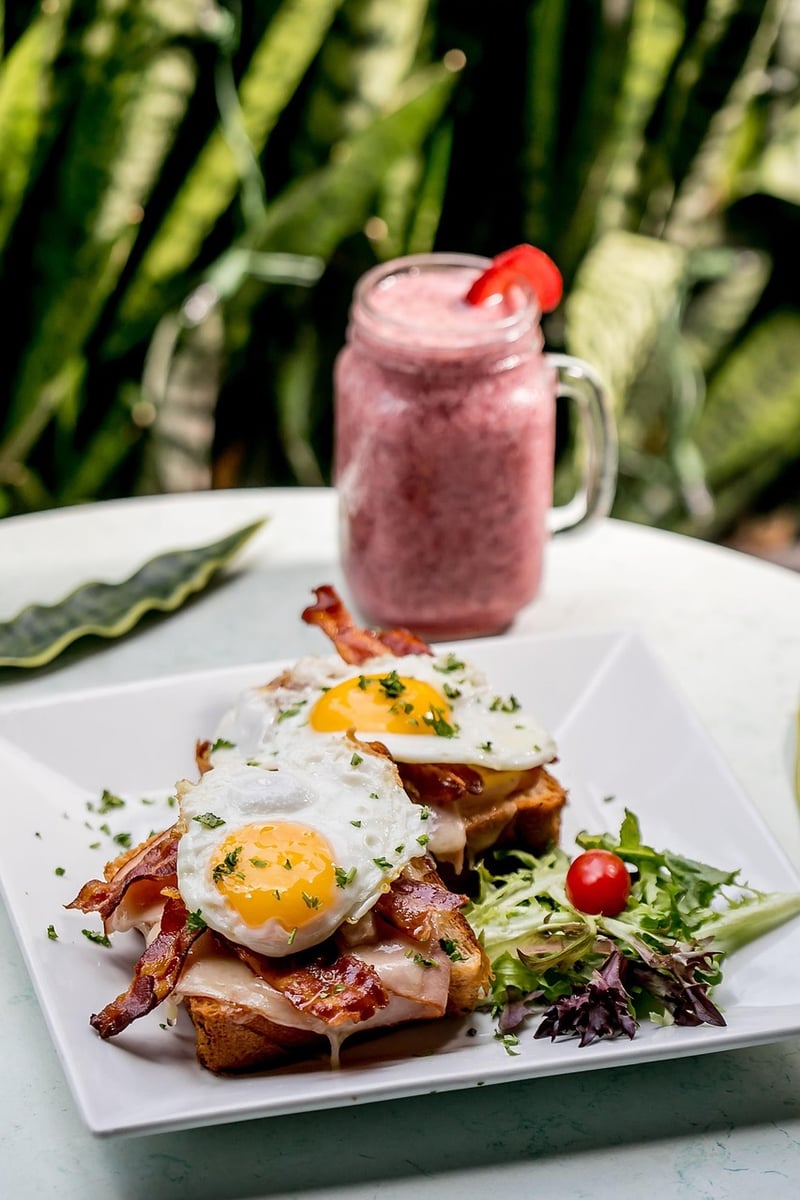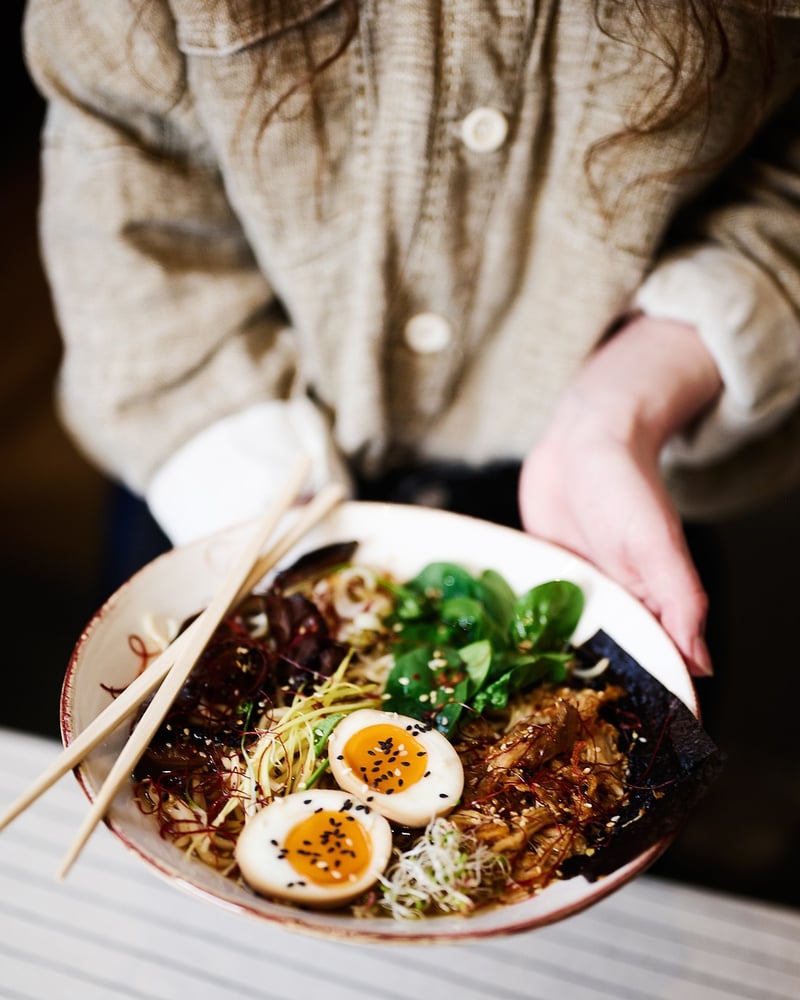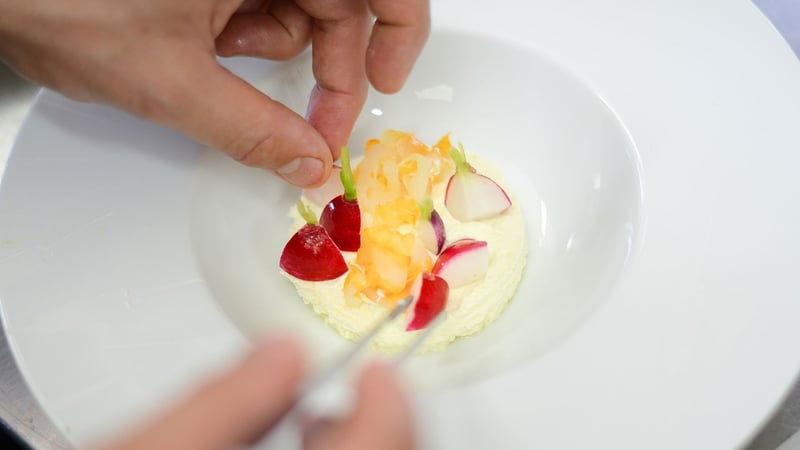Innovative Techniques
Uncover the Science Behind Food + Innovative Techniques
Food is not just sustenance; it's a complex combination of chemistry, biology, and artistry. Understanding the science behind food can elevate your cooking skills and help you appreciate the magic that happens in the kitchen. Here, we delve into the fascinating world of food science and explore some innovative techniques that chefs around the globe are using to push culinary boundaries.
The Science of Flavors
Have you ever wondered why we find some foods irresistibly delicious while others leave us indifferent? It all comes down to the complex interplay of flavors. Taste buds on our tongue can detect five primary tastes: sweet, sour, salty, bitter, and umami. However, our sense of taste is just the tip of the iceberg. Aromas, textures, temperatures, and even the sounds of food (yes, it matters!) all contribute to our perception of flavor.
The Maillard Reaction: The Secret to Flavorful Food
When you sear a steak, bake bread, or roast coffee beans, you're harnessing the power of the Maillard reaction. This chemical reaction between amino acids and reducing sugars gives browned foods their distinctive flavor, aroma, and color. Chefs use this reaction to create a depth of flavor in various dishes, from crispy crusts on bread to the rich umami taste of seared meats.

Sous Vide Cooking: Precision at Its Finest
Sous vide cooking has revolutionized the way chefs approach food preparation. By vacuum-sealing ingredients in a bag and cooking them in a precisely controlled water bath, chefs can achieve unparalleled levels of tenderness, juiciness, and flavor. This technique allows for precise temperature control, resulting in perfectly cooked meats, vegetables, and even desserts.

Modernist Cuisine: Where Science Meets Gastronomy
Modernist cuisine is a movement that blends science and culinary arts to create innovative dishes that challenge traditional cooking methods. Techniques such as spherification, foams, and gels are used to transform familiar ingredients into surprising textures and forms. This avant-garde approach to cooking has led to groundbreaking dishes that delight both the palate and the eye.

Conclusion
Exploring the science behind food opens up a world of possibilities in the kitchen. By understanding the principles of flavor development, cooking techniques, and culinary innovations, you can take your cooking skills to new heights. So, roll up your sleeves, put on your chef's hat, and embark on a culinary journey where science and creativity converge!
